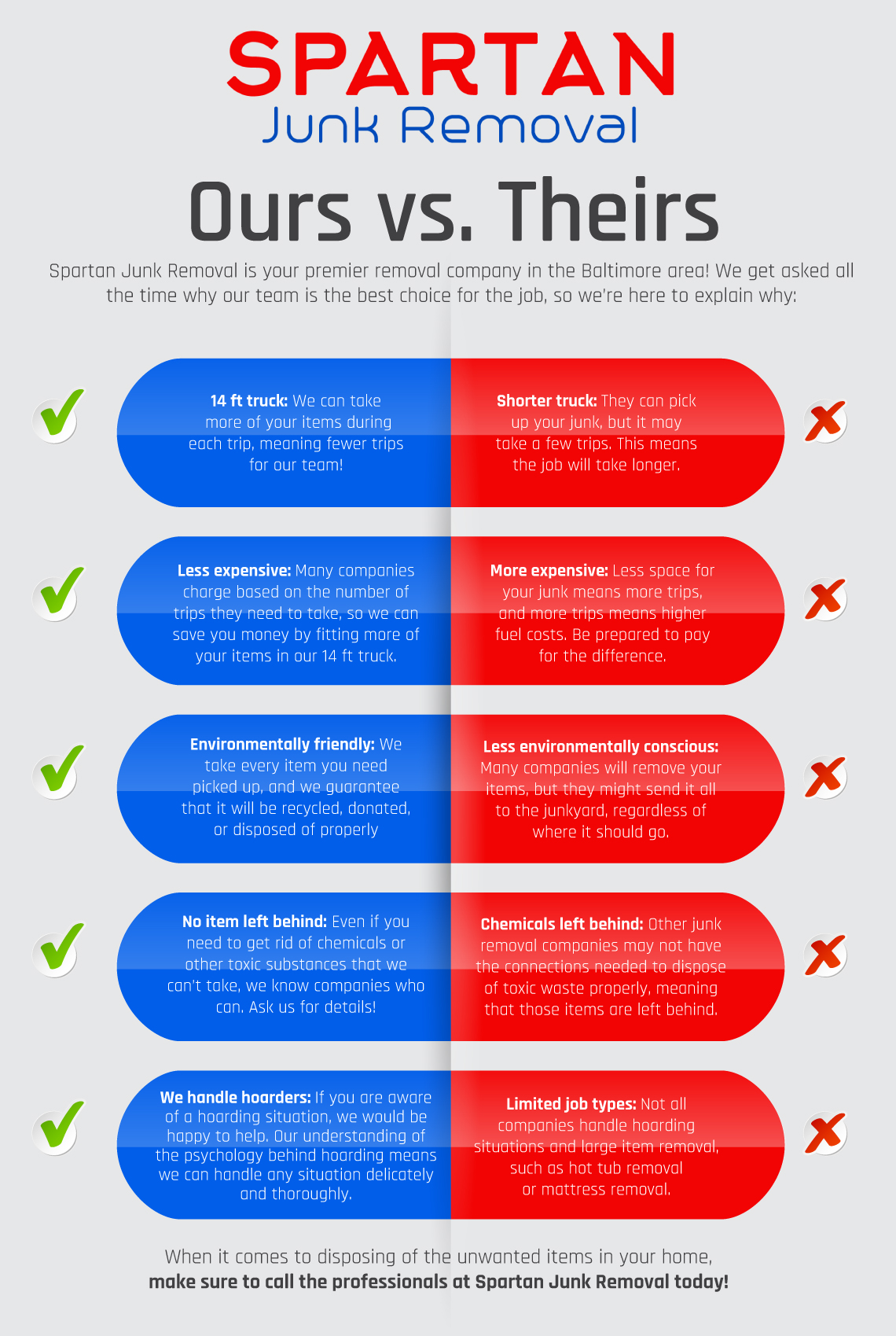Selecting The Suitable Dumpster Size For Your Project: An In-Depth Overview
Selecting The Suitable Dumpster Size For Your Project: An In-Depth Overview
Blog Article
Short Article Produced By-Hahn Rodgers
When starting a project that needs a dumpster, the size you pick can greatly affect its effectiveness and cost-effectiveness. Envision having the perfect container that fits all your waste without being excessively huge or as well tiny. Everything beginnings with understanding the nuances of your job and choosing a dumpster size that straightens with your certain requirements. So, prior to you make a decision, think about the variables at play to guarantee a smooth waste monitoring procedure throughout.
Variables to Think about
When deciding on the right dumpster dimension, there are numerous essential aspects to think about.
First, consider the sort of waste you'll be disposing of. Various products may require differing amounts of space, so recognizing what you'll be putting in the dumpster is essential.
Next, examine the quantity of waste you expect to generate. If you take too lightly the quantity, you might need to make multiple trips to get rid of everything, which can be troublesome and expensive. On the other hand, leasing a dumpster that's too large can lead to unnecessary expenses.
Furthermore, think about the room where the dumpster will certainly be positioned. Ensure there suffices area for the dumpster to be supplied and gotten without any obstructions.
Lastly, think of any weight restrictions that might use. Going beyond the weight limitation can result in extra costs or even the refusal of service.
Dumpster Size Alternatives
For choosing the appropriate dumpster size, it's important to have a mutual understanding of the available choices. Dumpster dimensions generally range from 10 to 40 cubic yards, with variants in between.
A 10-yard dumpster appropriates for small tasks like a garage cleanout or a tiny remodelling. If you're tackling a medium-sized task such as a kitchen remodel or a cellar cleanout, a 20-yard dumpster might be the best selection.
For https://patch.com/new-york/longisland/classifieds/for-sale/382787/junk-car-sale-my-car-for-cash like a whole-house renovation or industrial building, a 30 or 40-yard dumpster could be preferable to accommodate the quantity of waste generated.
When selecting Visit Webpage , consider the quantity and type of particles you anticipate to throw away. It's better to select a slightly bigger size if you're uncertain to prevent overfilling. Remember, it's more economical to rent out a dumpster that fits your demands rather than having to order an extra one.
Matching Dimension to Job
Optimally matching the dumpster dimension to your job is vital for effective waste administration. To determine the best size, consider the scope and nature of your project.
For little family cleanouts or restorations, a 10-yard dumpster may suffice. These are generally 12 feet long and can hold about 4 pickup loads of waste.
For bigger projects like remodeling several areas or cleaning out a large estate, a 20-yard dumpster could be better. These are around 22 feet long and can hold about 8 pickup truck lots.
If you're dealing with a major building task or industrial remodelling, a 30-yard dumpster could be the very best fit. These dumpsters have to do with 22 feet long and can suit about 12 pickup truck lots of debris.
Matching the dumpster dimension to your job guarantees you have adequate space for all waste products without paying too much for extra capability.
Suggested Browsing
To conclude, selecting the appropriate dumpster dimension for your job is crucial for reliable garbage disposal. By thinking about variables like the type and amount of waste, area availability, weight limitations, and budget plan constraints, you can guarantee you have the appropriate size dumpster for your demands. See to it to match the size of the dumpster to the range and nature of your project to stay clear of overspending on unnecessary costs.
